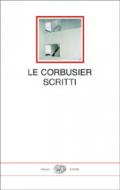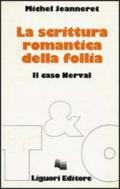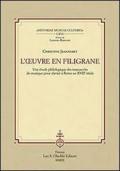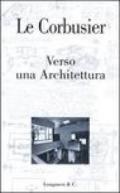
Perpetual Motion
Jeanneret
Jeanneret begins by tracing the metamorphic sensibility in 16th-century science and culture. Theories of creation and cosmology, of biology and geology, profoundly affected the perspectives of leading thinkers and artists on the nature of matter and form. The conception of humanity (as understood by Pico de Mirandola, Erasmus, Rabelais and others), reflections upon history, the theory and practice of language, all led to new ideas, new genres, and a new interest in the diversity of experience. Jeanneret goes on to show that the invention of the printing press did not necessarily produce more stable literary texts than those transmitted orally or as hand-printed manuscripts - authors incorporated ideas of transformation into the process of composing and revising and encouraged creative interpretations from their readers, translators and imitators. Extending the argument to the visual arts, Jeanneret considers da Vinci's sketches and paintings, changing depictions of the world map, the mythological sculptures in the gardens of Prince Orsini in Bomarzo, and many other Renaissance works. More than 50 illustrations supplement his analysis.
Momentaneamente non ordinabile
Dettagli Libro
- Titolo: Perpetual Motion
- Autore: Jeanneret
- Curatore:
- Traduttore: Poller Nidra
- Illustratore:
- Editore: Johns Hopkins University Press
- Collana:
- Data di Pubblicazione: 2001
- Pagine: 408
- Formato:
- ISBN: 9780801864803
- Agricoltura - Scienze agrarie
Libri che ti potrebbero interessare

Perpetual Motion
Jeanneret

Le Corbusier and Pierre Jeanneret: The I...
Surinder Bahga, Bahga Sarbjit

Le lecteur à l'oeuvre
Jeanneret Michel, Ducimetière Nicolas, Kaplan Frédéric, Suciu Radu, Collectif

Le Corbusier / Pierre Jeanneret
Jeanneret Pierre, Le Corbusier

Scritti
Charles-Edouard Jeanneret Le Corbusier, Rosa Tamborrino

Casa degli uomini (La)
Charles-Edouard Jeanneret Le Corbusier, G. Gresleri

La scrittura romantica della follia. Il ...
Jeanneret Michel

L'ouvre en filigrane. Une étude philolo...
Jeanneret Christine

Verso una Architettura. Ediz. illustrata
Charles-Edouard Jeanneret Le Corbusier, P. Cerri, P. Nicolin

La villa Jeanneret-Perret di Le Corbusie...
Leo Schubert

Dov'è Monna Lisa? Sociologia della cult...
Jeanneret Yves







